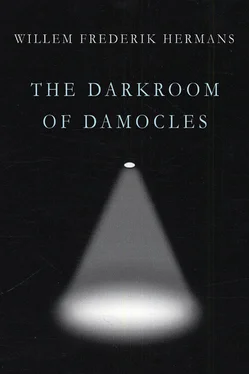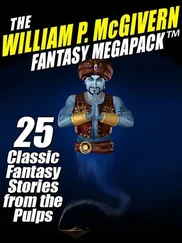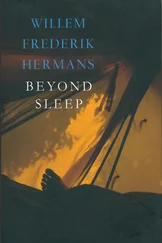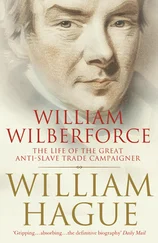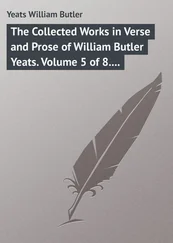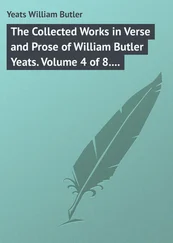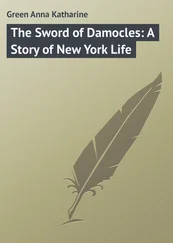‘Stick to the point, will you? How many photos were there in all?’
‘There were three.’
‘Three? But there are eight on a roll.’
‘Several of them didn’t come out.’
‘Do you remember what those photos were of?’
‘Yes. A snowman wearing a helmet. Three soldiers in pyjamas and gas masks. One soldier manning an anti-aircraft gun.’
‘Did you send off the negatives as well?’
Selderhorst rummaged among the documents, glancing enquiringly at Osewoudt now and then.
‘No,’ said Osewoudt. ‘I kept the negatives.’
Selderhorst opened a large envelope and shook the contents on to the desk. They were the photos Osewoudt had developed — multiple copies of each.
‘Are these them, by any chance?’
‘Where did they come from? How is that possible, because I—’
‘They were in one of the German dossiers! The Germans used them to infiltrate underground organisations. They gave them to double agents to identity themselves.’
‘I can’t help that. The Germans must have found the negatives when they arrested my mother and my wife.’
‘Well, well. Did you come across these photos again at any time?’
‘Yes. Moorlag gave me one that had been delivered to the shop in an envelope, on the day they came for my mother and my wife. I was away, taking Elly Berkelbach Sprenkel to Amsterdam.’
‘Which was that?’
‘The one of the three soldiers with gas masks. On the back there was a phone number which I was to ring a few days later. I tore it up straightaway.’
‘What about the picture Elly Sprenkel had?’
‘I took it from her. I tore that one up too.’
‘Were there any others?’
‘No.’
Selderhorst slid the photos back into the envelope, put it aside and took up another file. His suit was a dingy grey, his shirt unwashed and his tie twisted like the skin of an eel.
‘A few days after the time we are discussing, a girl was arrested by the German police on the train from Lunteren to Amersfoort. Her name was Annelies van Doormaal. She was wearing the uniform of a National Youth Storm leader. This Annelies van Doormaal turned out to have one of the photos you mentioned — the one of the soldier in pyjama trousers manning an anti-aircraft gun. It says so here, in a German dossier! The identity of the girl was not established until later, because she committed suicide by taking poison almost immediately after her arrest. How did the girl get that picture?’
‘I don’t know.’
‘You don’t know, Osewoudt? But she must have been with you when she was arrested! The pair of you had murdered a National Youth Storm leader that very afternoon, on the heath in Lunteren! The body was found in the woods a month later. It was the same afternoon that Lagendaal and his wife were shot. Yes or no?’
‘Yes.’
‘How did Annelies van Doormaal come to be in your company?’
‘I told you: there was a phone number written on the back of the second photo. I rang the number from a telephone box in Amsterdam. I got Dorbeck on the line. Dorbeck told me to go to the waiting room at Amersfoort station at such-and-such a time, where I would find a girl who would identify herself with a picture. I did as he said. That girl was Annelies van Doormaal, so you now tell me.’
‘So how did she get hold of that photo? Why didn’t you take it from her?’
‘As I remember, she only said she had the photo. She didn’t actually show it to me. I was too nervous later on to think of asking for it.’
Selderhorst planted his elbows on the table and, bowing his head low, brushed his hair back with both hands. Then he looked up.
‘Ah, Osewoudt. But there is another hypothesis. According to that hypothesis, the girl called Annelies van Doormaal was in possession of the picture not so that you would know who she was, but so that the Germans would know. The Germans had to find it on her so they would know they had the right person. Because there were lots of girls wearing the National Youth Storm uniform at the time. We seem to be getting somewhere. It was you who planted the photo on her.’
‘How could I have done that? As I told you before, by that time I had already sent off all the photos in the post.’
‘You said yourself there wasn’t enough time for them to have got to England.’
‘No, but I’m sure Dorbeck received them. He sent a Salvation Army woman to collect the envelope. I saw her with my own eyes!’
‘And what if Dorbeck never existed? What if you dreamed him up, like everything else?’
‘That’s ridiculous. If that’s what you think, there’s no point continuing this conversation.’
‘Ridiculous?’
Selderhorst patted the stack of files.
‘There are hundreds of documents here with incriminating information! If I were to discuss them all with you we’d be at it for years. The most horrific incidents are reported in these files, and not a word about Dorbeck! I can pick any one at random! At random!’
He pulled another file from the stack. He flicked through it briefly.
‘Ever heard of Labare?’
‘Yes, I stayed in his house.’
‘Labare is dead. How did that happen?’
‘He was shot by the Germans.’
‘Exactly. Arrested by the Germans in his own house, a few hours after you arrived. How come they arrested him and not you?’
‘I got away when I was taken outside by one of the Germans. I used to do judo, you see. I floored the German and jumped into the canal in front of the house. Half an hour later they caught me anyway.’
‘Well, well. Where had you been that evening before you turned up on Labare’s doorstep?’
‘In Zuidwal hospital. I’d been rescued by a group of Resistance people.’
‘Rescued by a group of Resistance people …’
‘Yes. Four men with a car. One of them was called Cor, another one was called Uncle Kees. I never saw them again.’
In the meantime Selderhorst had picked up the phone. ‘Yes, you can send him in now,’ he barked into the mouthpiece.
‘Rescued by the Resistance,’ he said, putting the phone down. ‘I don’t know whether I ought to feel sorry for you, or whether you’re just plain lying. Who gave the order for you to be rescued? The elusive Dorbeck, I suppose?’
‘No, not Dorbeck. I asked him about that later, but it was the first he’d heard of it, he said, he hadn’t been involved.’
‘So whose idea was it, do you think?’
‘There are two possibilities. First I thought it would have been someone who knew my girlfriend Mirjam Zettenbaum, or who knew Meinarends, then I thought it more likely that a friend of that doctor who treated me in the hospital was behind it.’
There was a knock on the door and Selderhorst’s eyes left Osewoudt. A soldier ushered a German into the room. The German wore a uniform stripped of its markings. There were also a few buttons missing. He didn’t wear boots, but a pair of old gym shoes.
‘Do you know who this is, Osewoudt?’
Osewoudt looked at the man, the hands, the face. The German glared back at him, then at Selderhorst.
‘I’ve seen so many Germans,’ said Osewoudt. ‘I may or may not have seen this one before, I’m not sure.’
‘I’ll tell you who he is. His name is Gustaf Malknecht. Does that ring any bells?’
‘No, none at all.’
‘He was doing the typing on the days you were interrogated by Wülfing and Ebernuss.’
‘Oh. I really can’t remember.’
‘Malknecht! Tell us how Osewoudt was rescued from Zuidwal hospital.’
Malknecht stood to attention, his little finger aligned with the seam of his trousers. Osewoudt sat forward on the edge of his seat, his back arched in suspense, his mouth half open.
‘I was there when Osewoudt was first brought in to see Wülfing. Wülfing confronted Osewoudt with Roorda. Roorda recognised Osewoudt, but Osewoudt refused to recognise Roorda. Then Wülfing slapped Osewoudt about a bit. Afterwards I heard that Wülfing had made a deal with Ebernuss. It was Ebernuss’ idea. Ebernuss went to see Osewoudt and said: dear me, how dreadfully they’ve mistreated you! … you need to go to hospital! That was that. Osewoudt was taken off to Zuidwal hospital. We carried out the so-called rescue the same day. Eine tolle Geschichte! ’
Читать дальше
